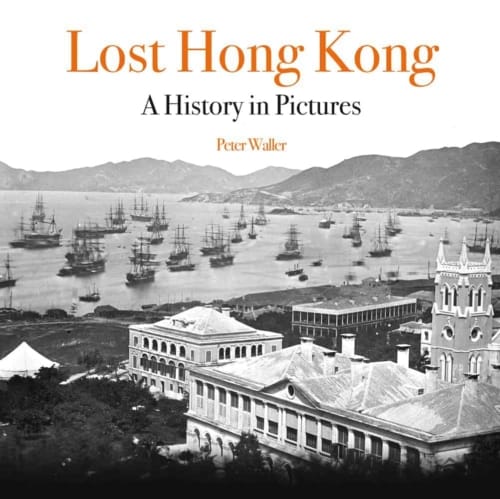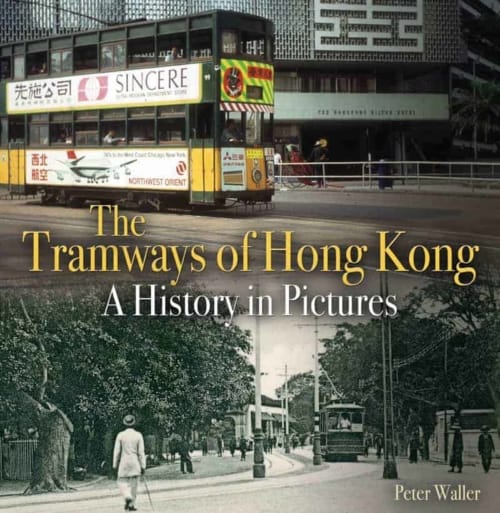The story of Hong Kong is one of almost constant change. From a sleepy fishing community, Hong Kong – now a Special Administrative Region following its return from Britain to China in July 1997 – has grown into one of the most significant financial and trading centres of the world.
Hong Kong Island itself has witnessed massive rebuilding over the years, with the result that much of the colonial-era architecture has been swept away and replaced by skyscrapers. Moreover the first high-rise buildings constructed from the late 1950s onwards are now themselves under threat as the constant requirement for more accommodation – both for people and for businesses – continues.
The Kowloon peninsula and the New Territories have also experienced development, whilst the construction of the new airport saw the destruction of an entire island to create the foundations of the new facility. The pressure for land has seen reclamation schemes extend the coastline of Hong Kong Island far to the north.
Over the years photographers have recorded the changing face of Hong Kong: its street scenes, buildings and people. This new book – drawing upon images from a wide range of sources, many of which are previously unpublished – is a pictorial tribute to this lost Hong Kong. Once familiar but now long-gone scenes are recorded, offering a tantalising glimpse back at an era which in chronological terms may be relatively recent, but given the rapidity of change, seems like a distant age.

